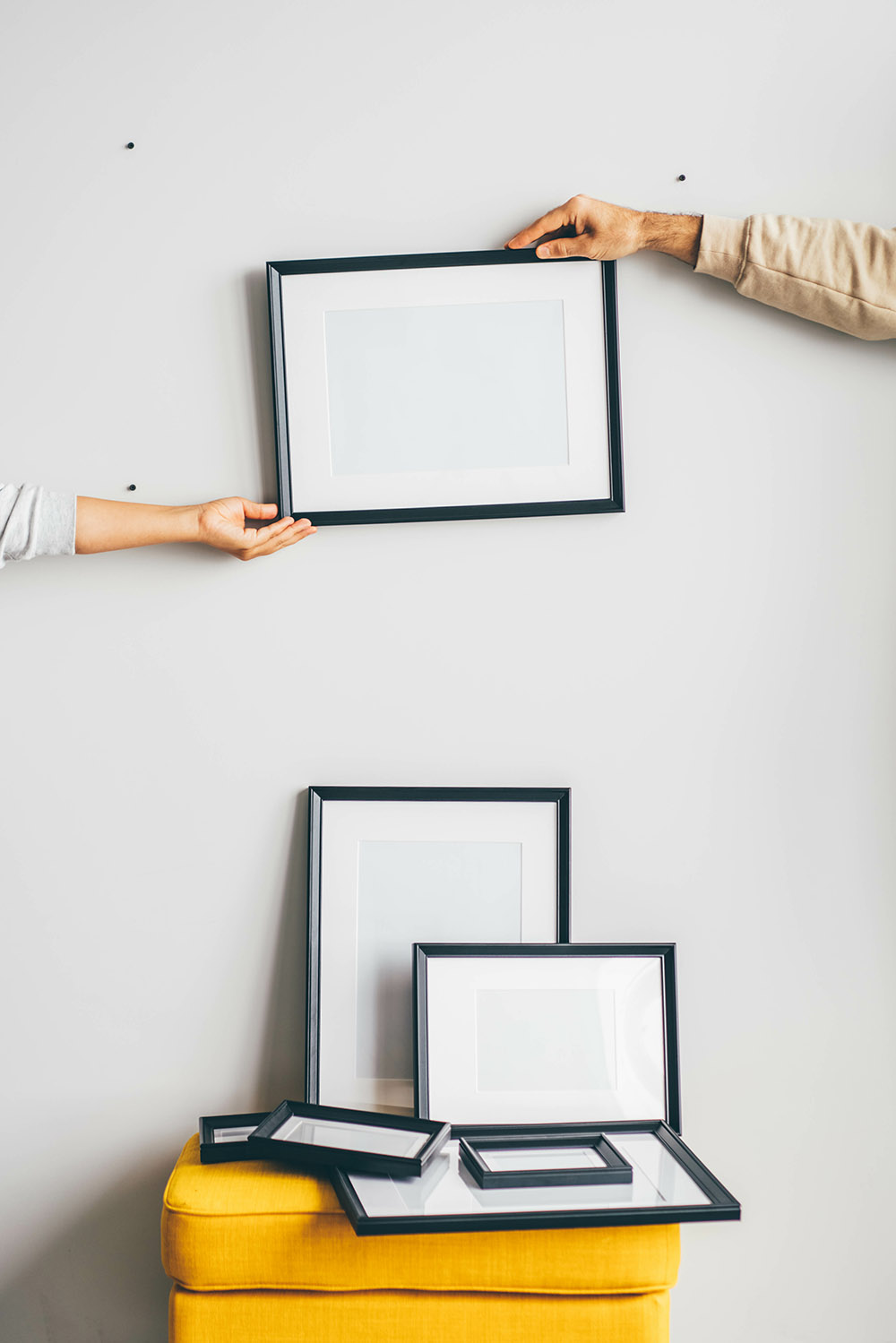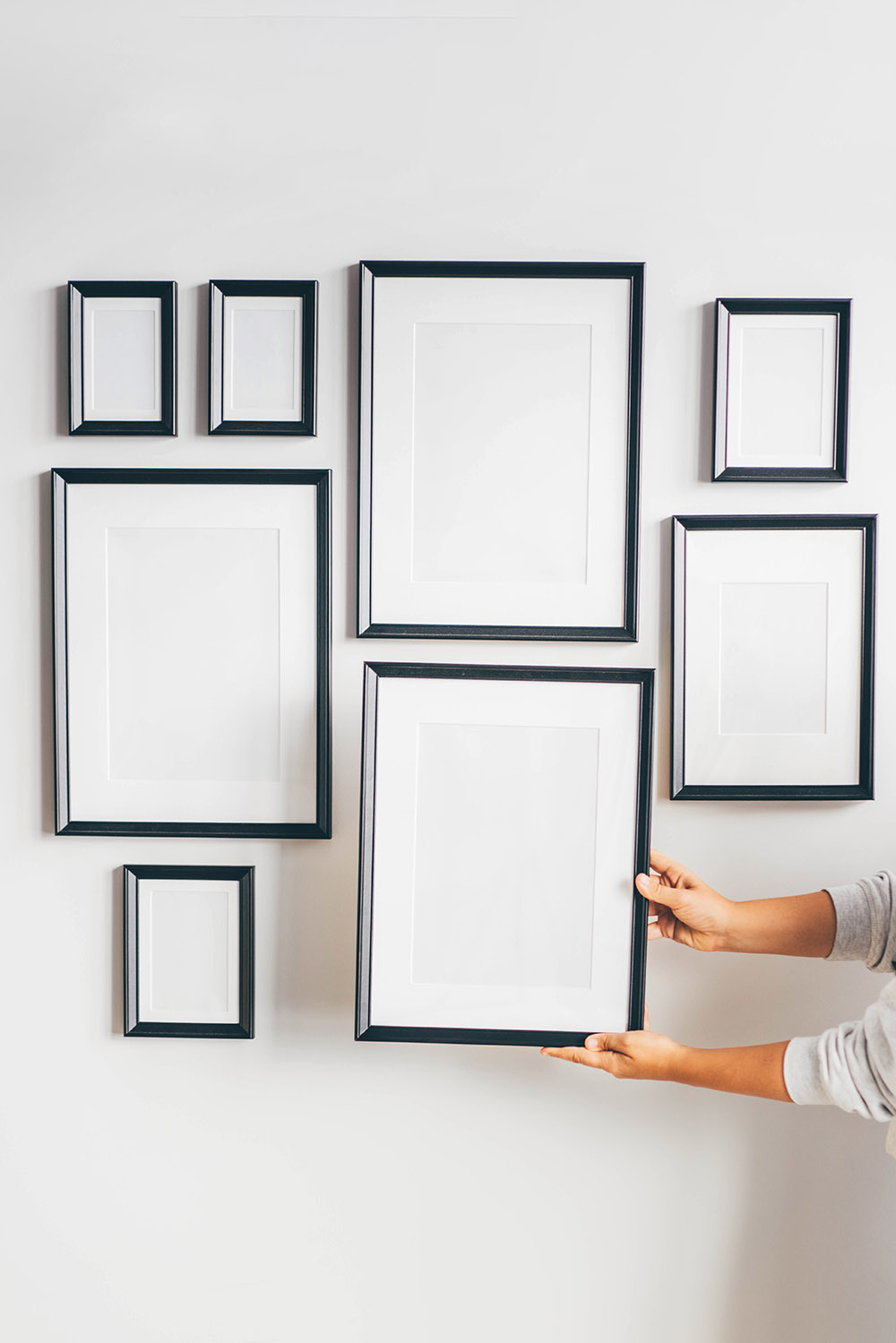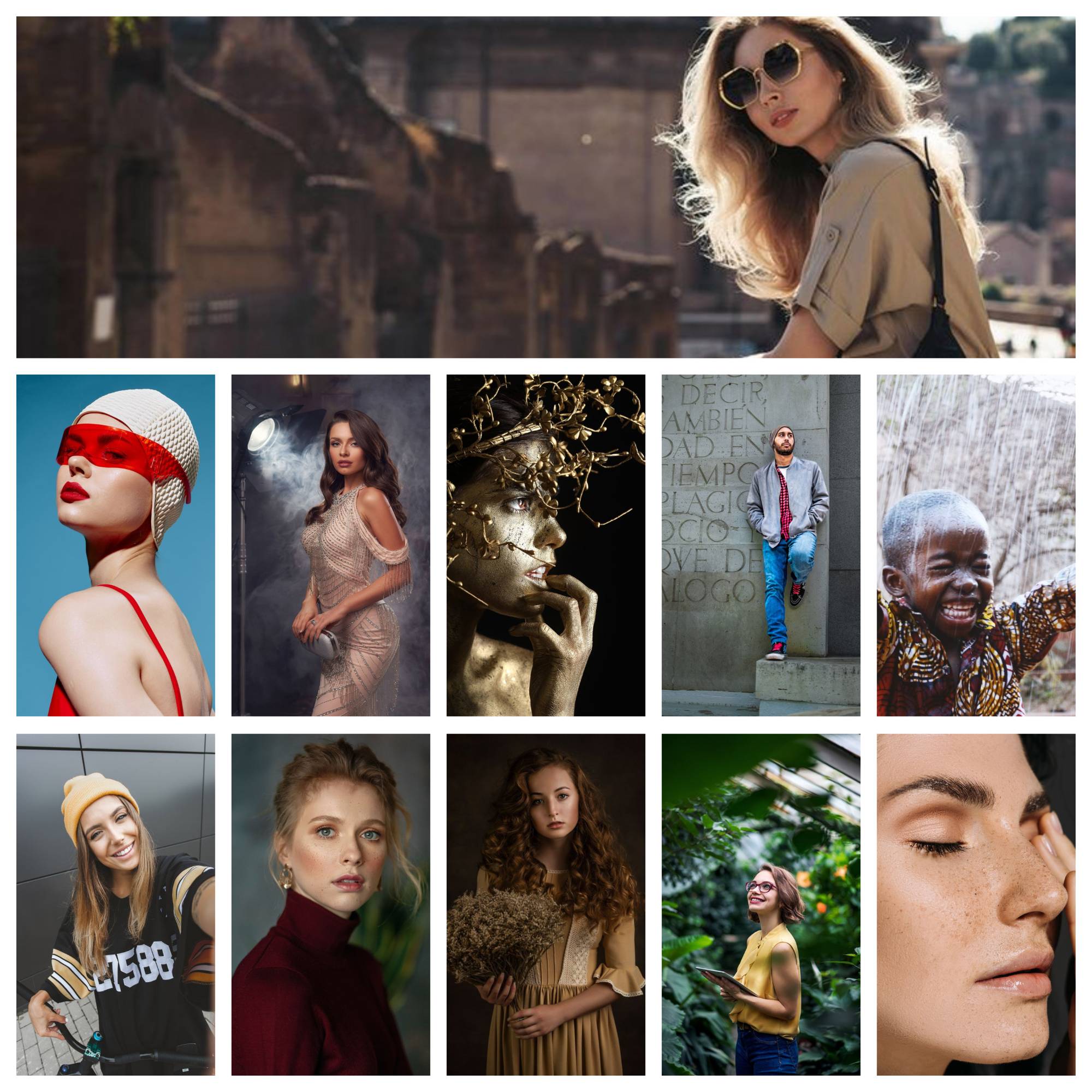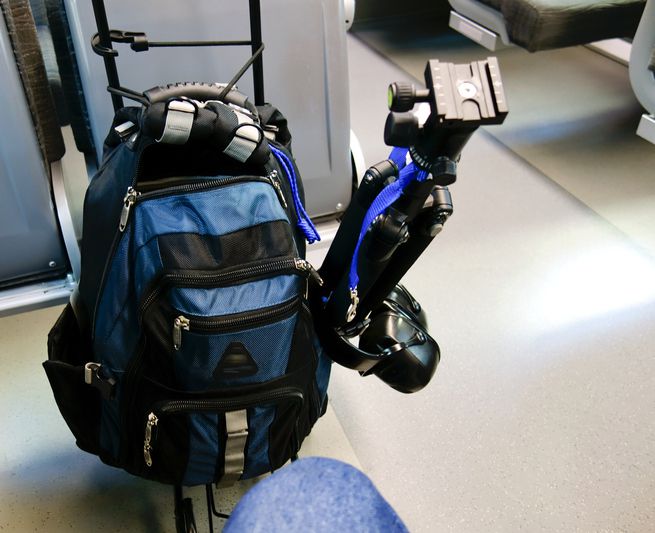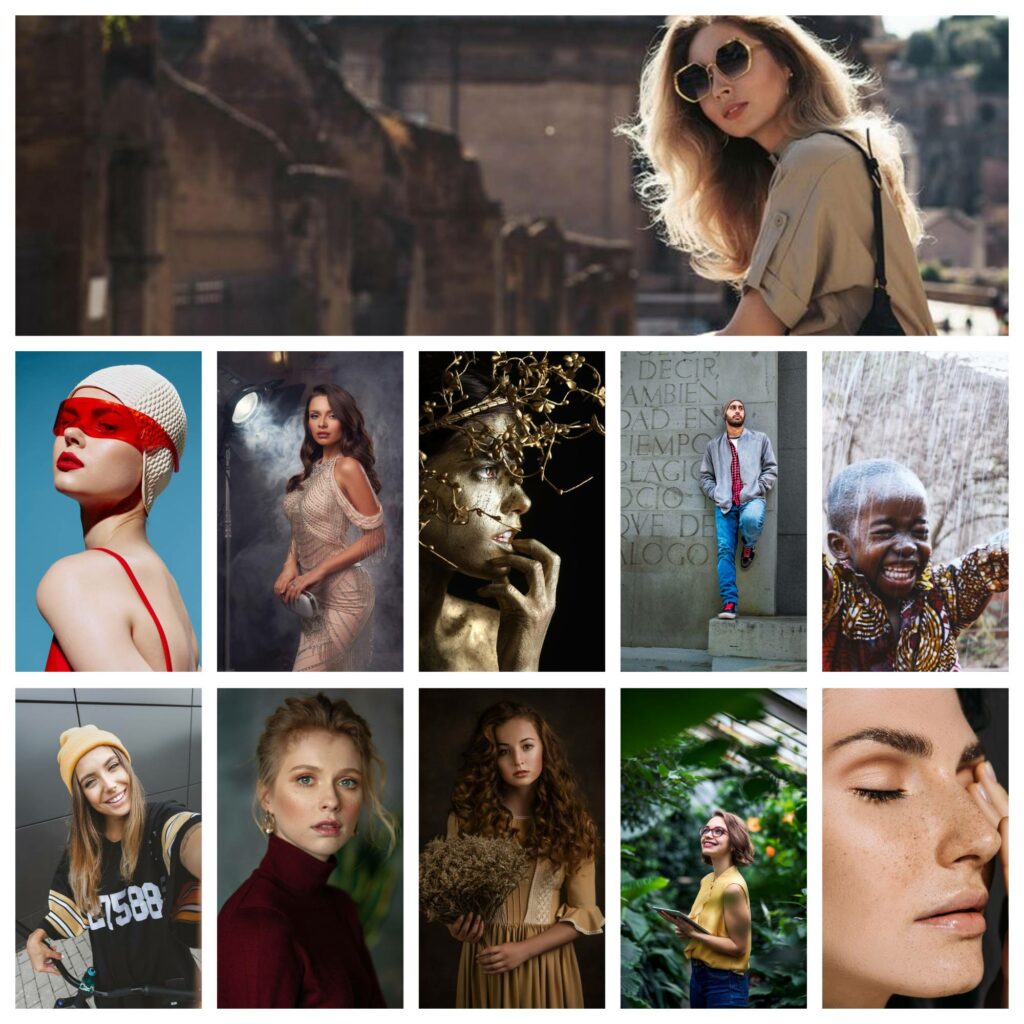
From nostalgic black-and-white photos to colorful, lifelike images, portraits can come in various forms. Each type evokes a distinct sense and vibe, making the portrait photo one-of-a-kind. So, what style flatters you most? Keep scrolling to discover 12 popular portrait photography styles!
In this article:
What Is Portrait Photography?
The focus of portrait photography is on people (or pets), capturing their essence within a chosen setting.
This form of photography can be used for historic preservation, personal branding, piquing interest, or simply capturing a special moment. It’s all up to you!
A portrait picture has the power to connect with the audience, making it a beloved art form for many. Each setting, including concept and backdrop, breathes a distinct vibe. For example, a minimal background accentuates the subjects at the focal point. Below are some popular kinds of portrait photographs to consider.
12 Common Types Of Portrait Photography
Traditional Portrait
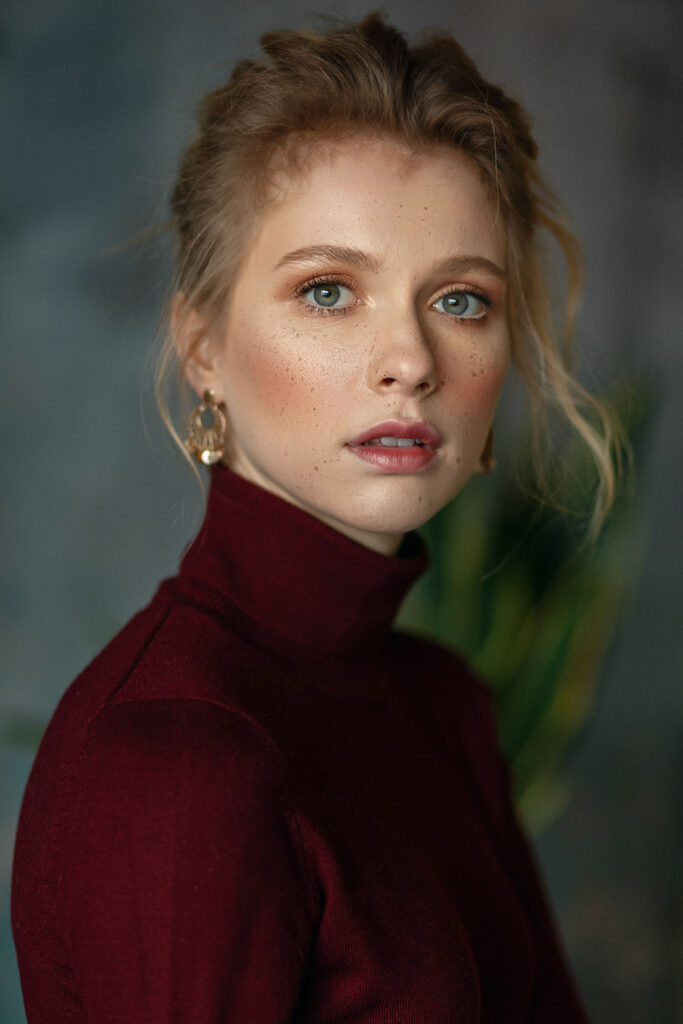
The classic style is what many people think of first in portrait photography. It involves capturing the upper half of the body against a simple background. In particular, traditional portrait photography often utilizes a solid-colored backdrop to highlight the subject.
Good lighting, genuine facial expressions, and a well-chosen outfit contribute to successful traditional photography. Also, making eye contact with the camera is a common technique to connect with the viewer. As simple as it might sound, our experience shows that professional studio settings with adequate equipment are ideal for achieving this timeless aesthetic.
Environmental Portrait
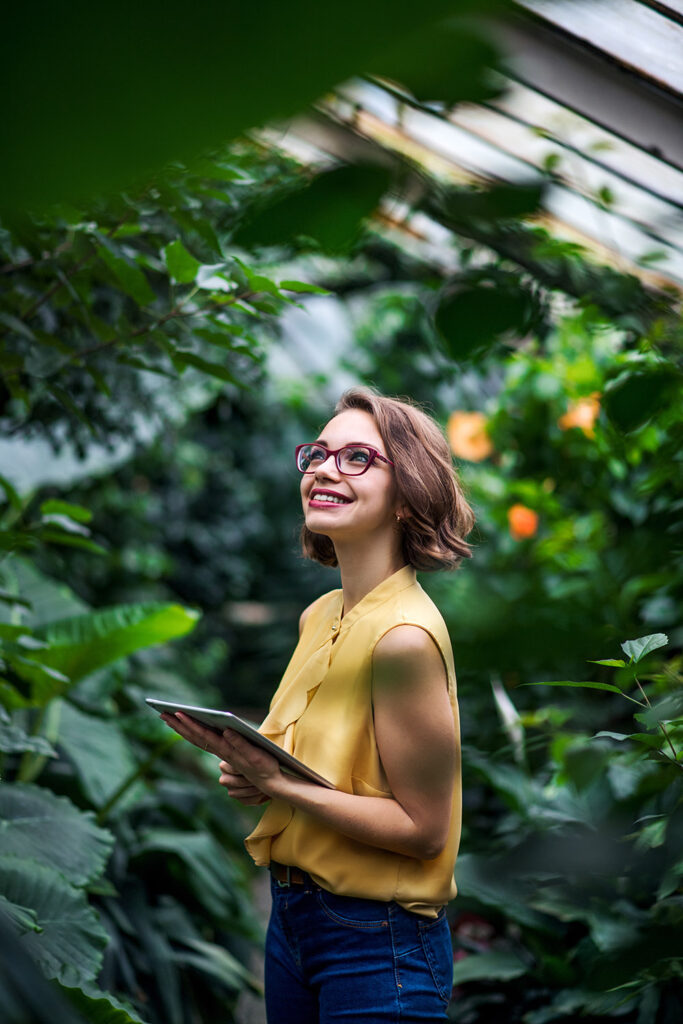
Environmental photography portrays individuals within the natural surroundings. You have the freedom to select any location, such as your favorite restaurant or office, as long as it holds significance to you. For example, ballet dancers often go to their dance studio to reflect on their career in the picture.
Humans and the background are the central focus, but we should not skimp on posing techniques. The models’ actions should tell a story related to surrounding elements, getting themselves immersed in the environment. When the subject blends into the surroundings, it ignites a deep emotional connection with viewers.
Lifestyle Portrait
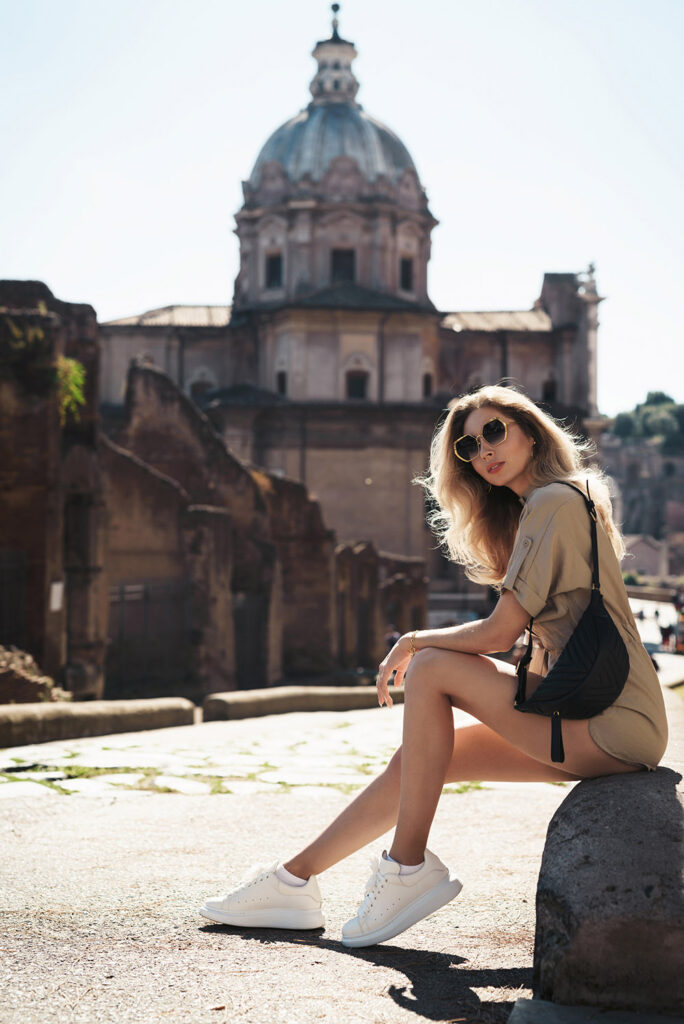
Like environmental portraits, lifestyle portraits depict a person or group of people in their natural environment. However, the emphasis here is on capturing more natural and real-life moments.
Folks love lifestyle photography because it offers a peek into their daily life, conveying a sense of authenticity. It is essential to choose a setting where you feel most comfortable so that you can relax and act naturally. For instance, a stay-at-home mom can consider capturing some moments in her everyday life with her children for a cozy, homey vibe.
Fine Art Portrait
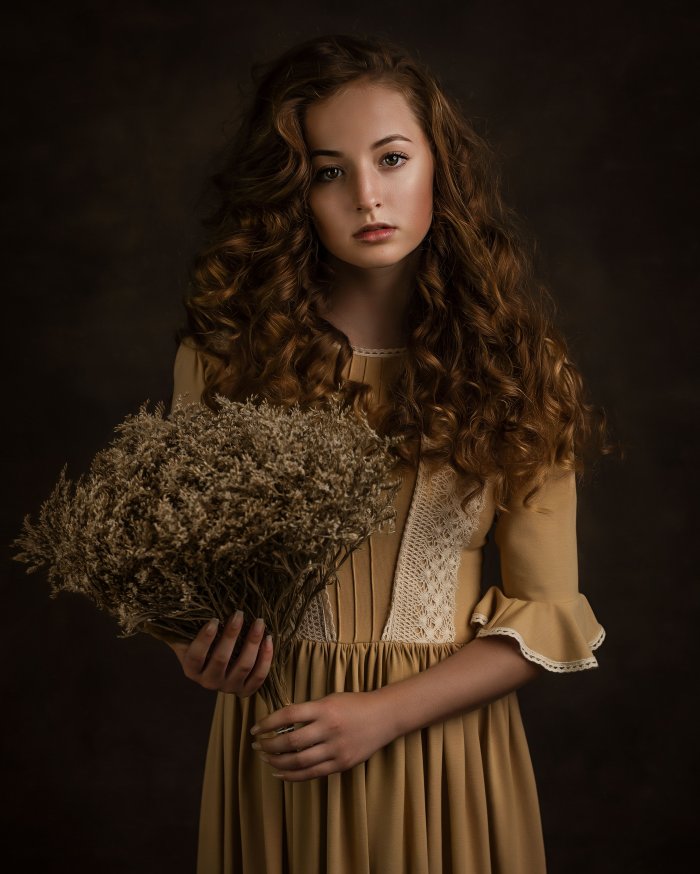
In contrast to the intimate vibe of those portrait styles listed above, fine art portraits are a photographer’s bold artistic statement. This genre of photography often appeals to a small clientele, particularly celebrities seeking highly aesthetic images for their portfolios (of course, regular clients can also try it at will).
Portrait photographers use their expertise and creativity to craft unique approaches. In our experience, visual tricks are paramount in creating truly remarkable photos. Think outside the box and explore unconventional narratives to enhance the aesthetic of your outputs.
Glamor Portrait
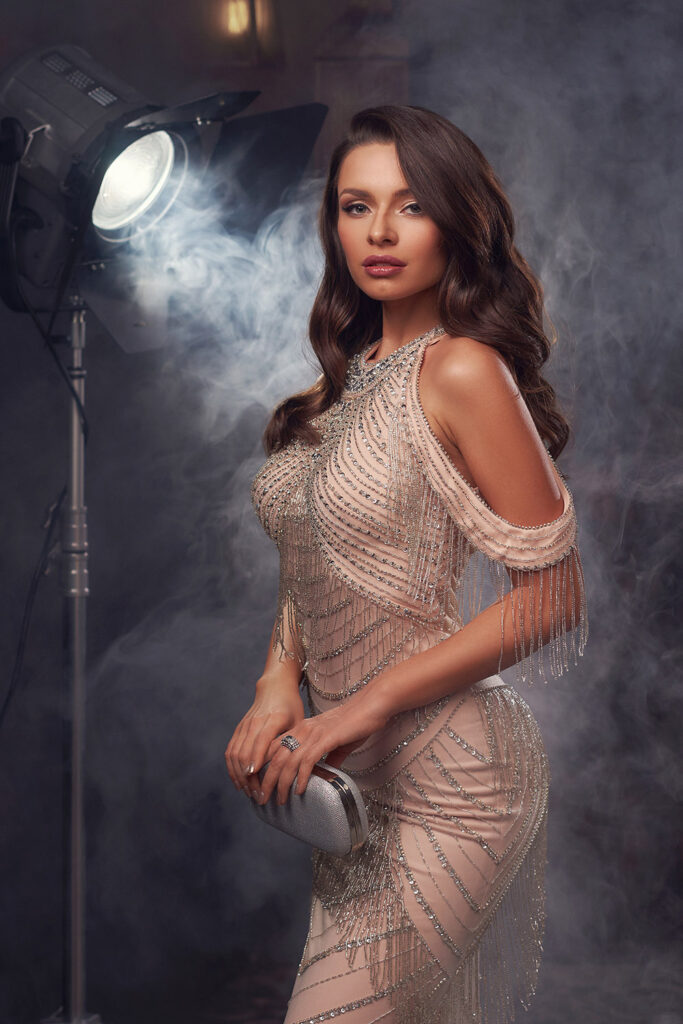
Women of all ages are often drawn to glamor portraits to project confidence and express their sensuality in an artistic way.
With this kind of photography, makeup, hair, and clothing play a crucial role in boosting our confidence. The shooting can take place anywhere as long as you feel comfortable enough to make your favorite pose.
Boudoir portraits, a more intimate branch of glamor photography, allow for a bolder artistic expression. It can involve lingerie or even nudity, depending on the desired level of sensuality. According to our research, the setting often leans towards intimate indoor spaces, especially in the bedroom, where women can confidently embrace their passionate side.
Candid Portrait
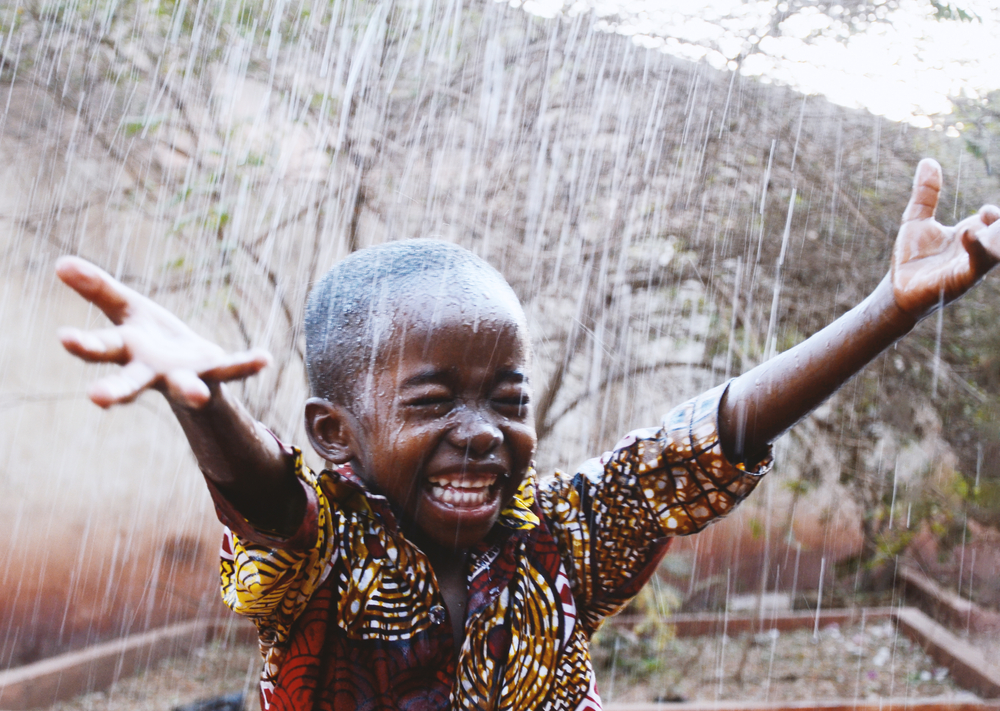
Candid portraits capture genuine, unscripted moments. As its name suggests, taking these unposed shots sometimes calls for a bit of luck to seize the fleeting authentic moments. So, always keep your camera handy and be ready to shoot whenever inspiration strikes.
If your client requests candid photography, do not feel pressured. Many advanced techniques can help them loosen and relax to express themselves naturally. For example, try clicking your camera continuously during the preparation phase. Additionally, you can crack some jokes to make and capture spontaneous moments of joy when they burst into laughter.
Surreal Portrait
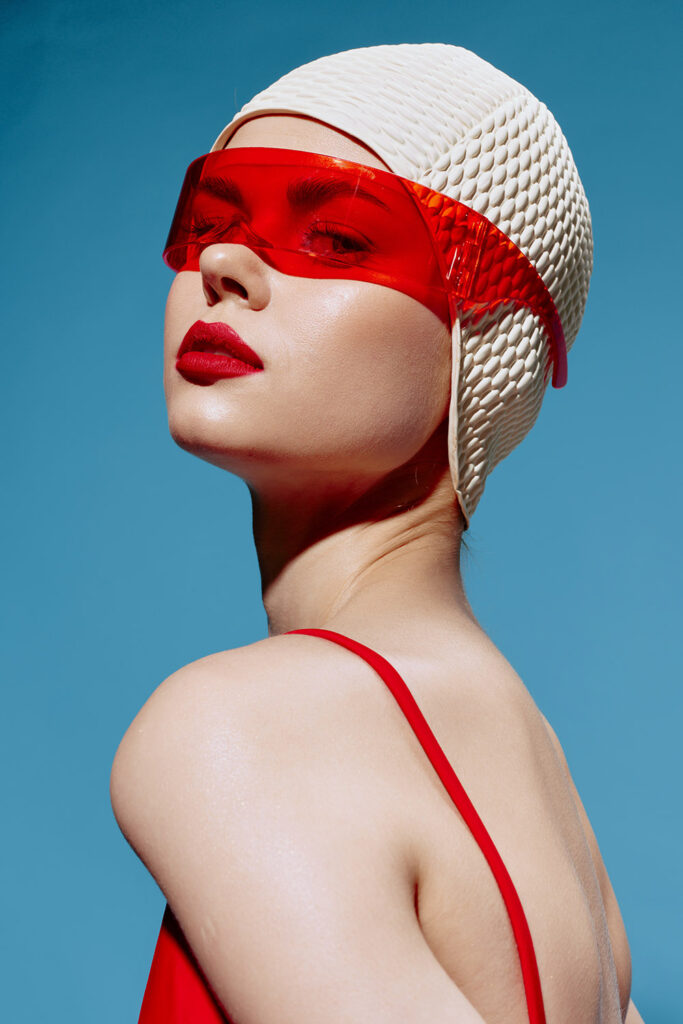
Surreal portraits put photographers’ skills to the test, pushing them to their creative limits. The goal is to craft dream-like photos that transport the viewer to fantastical worlds, evoking a sense of wonder and blur the lines between reality and imagination.
Materializing these fantastical visions requires advanced editing skills and many post-production tasks, especially those with special effects. Setting up scenes with props and clothes also takes considerable time and effort.
Conceptual Portrait
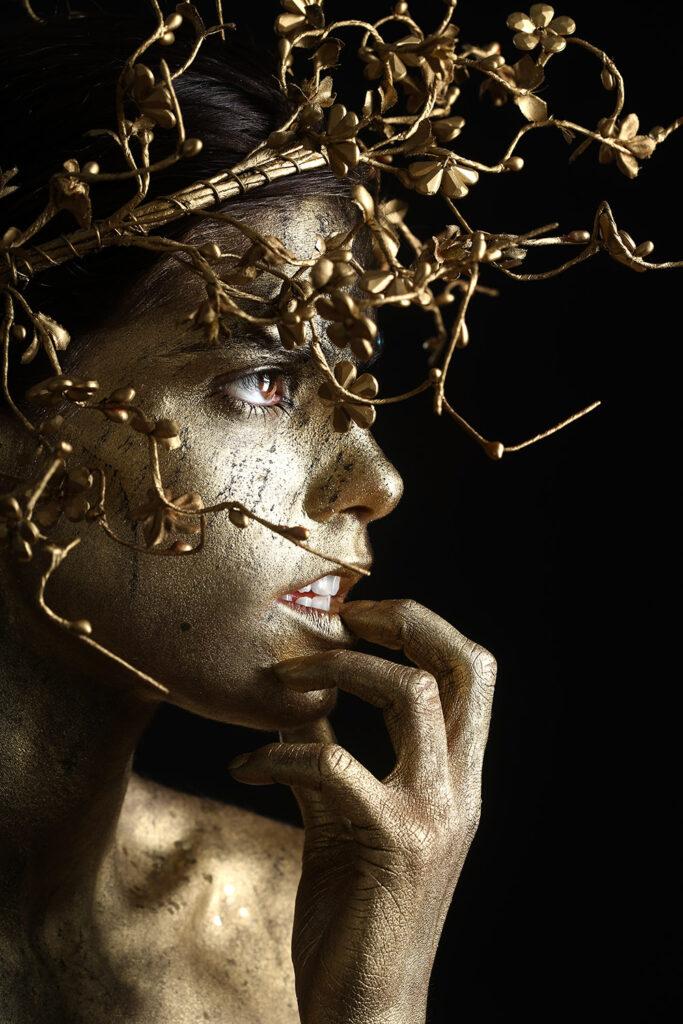
Like the surreal style, conceptual portraits use abstract imagery to convey a specific message. While the photo may be difficult for the audience to interpret, it powerfully states the artist’s perspective.
The irresistible charm of conceptual photography lies in its limitless creativity, paving the way for a myriad of duplicates. Depending on the setting and storytelling, art photographers must pay close attention to post-processing to achieve the desired visual impact.
Close Ups Portrait
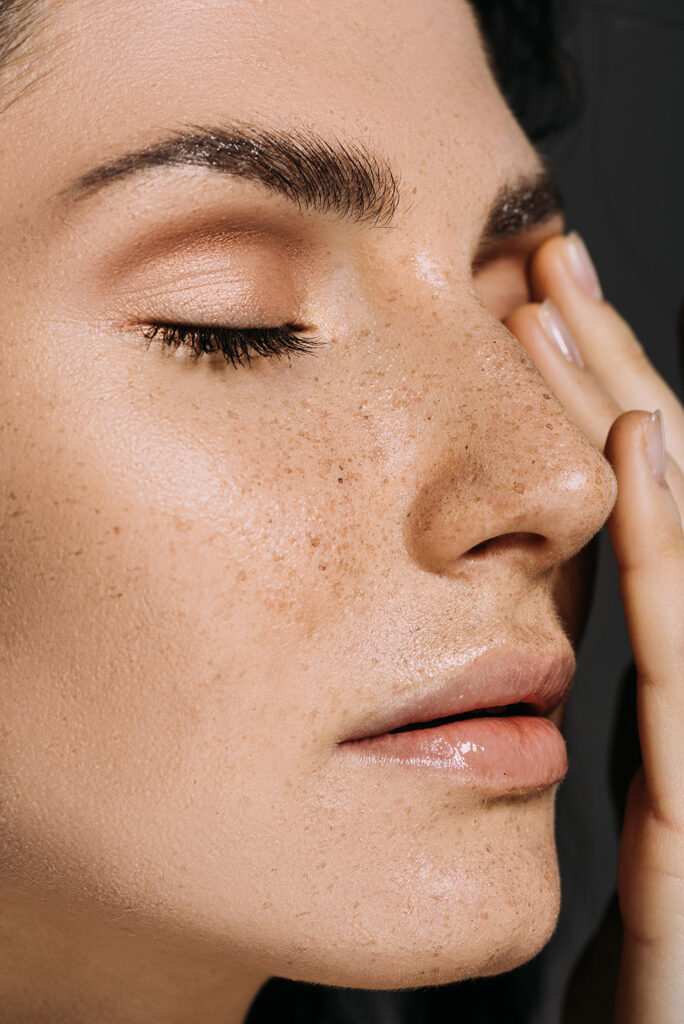
Close-up portraits zoom in on a subject’s face, especially their emotional expressions through their eyes – the “window of the soul.” This way, the audience can catch the subtle emotions associated with the theme.
The close distance can make some customers feel uncomfortable during the shooting. So, it’s advisable to chat with them to find their most beautiful facial features. Also, choose the most suitable angle that hides flaws if your clients don’t want to show them in the final image.
Full-Body Portrait
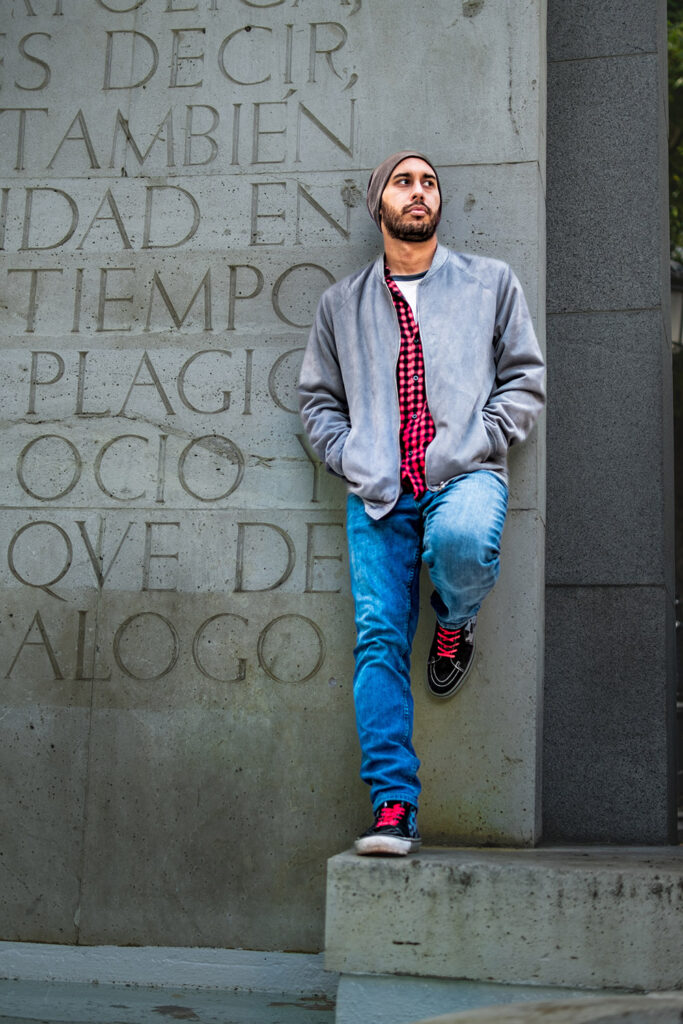
A full-body portrait, as the name implies, captures an individual’s entire physique and clothing. Photographers often opt for a simple background to shift the focus to the human figure. A typical studio setting is commonly used for full-body photos, particularly profile and family portraits.
Self Portraits Portrait
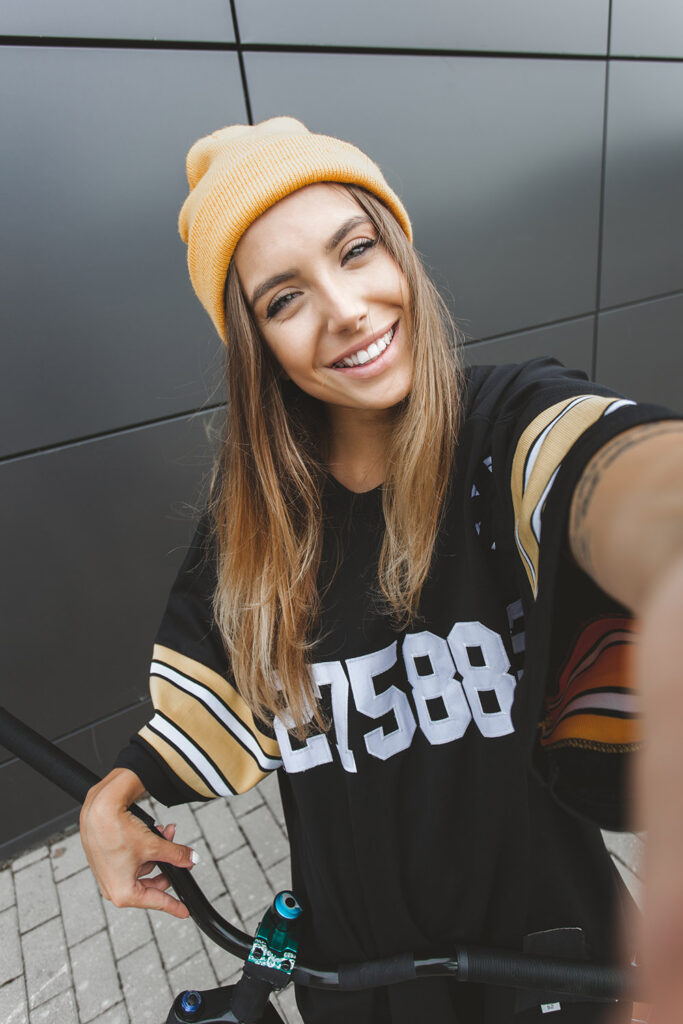
Self-portrait photography goes beyond the quick snapshots we take with our phones. Boasting an enhanced artistic edge compared to casual selfies, taking these photos requires some thoughtful planning.
In addition to a smartphone or professional camera (if you have one), you should invest in a tripod with a remote control. Remember to pose within the focus area and make eye contact with the camera lens.
Family, Group, Or Couple Portrait
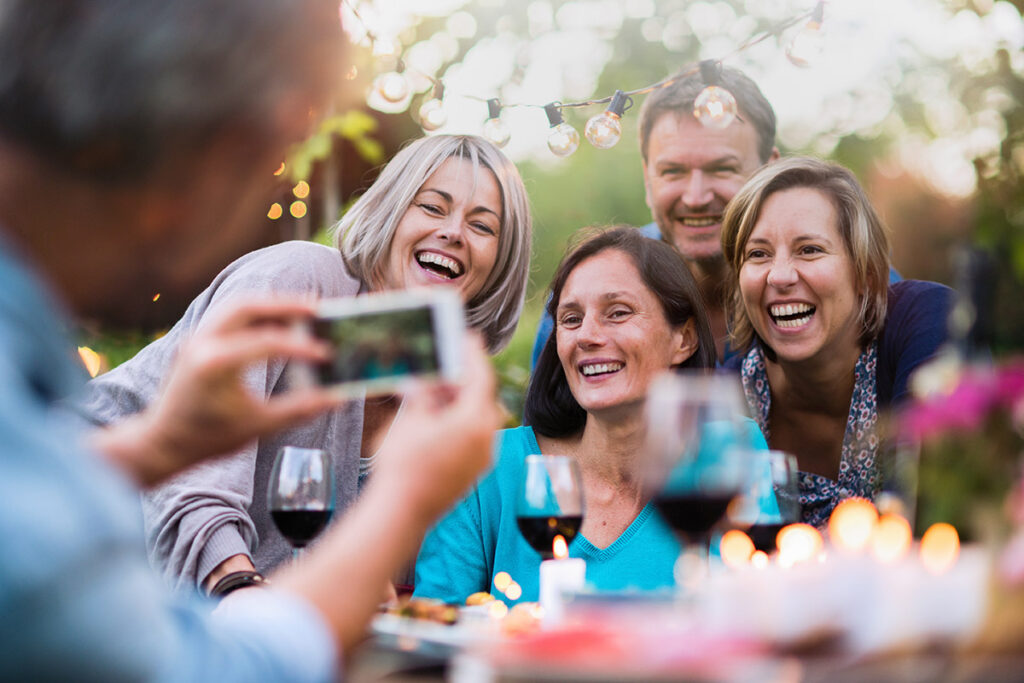
Portraits are never limited to one subject; you can take a shot with your family members, friends, or lovers on special occasions. Unlike other styles, group interaction is key to creating captivating albums here. You must also pay attention to all participants’ overall layout and positioning to achieve optimal harmony.
FAQs
What Makes A Good Portrait Photo?
A good portrait photo should achieve a harmonious balance between background, lighting, composition, posing, and technical settings.
What Are Required Gear For Portrait Photography?
The essential equipment for portrait photography depends on the photographer and the setting. However, some common gear includes zoom lenses, fast prime lenses, tripods, artificial light sources, and reflectors.
See more:
Conclusion
There are 12 different types of portraits, each serving a unique purpose and capturing beauty in its way. Regardless of the chosen style, getting to know your subject is key to finding the most flattering pose and setting. Though a few kinds require advanced shooting skills, preparation and extra effort will reward you with beautiful portraits.

